The 3-Question AI Strategy Framework: What, Why, Where
Most companies approach AI strategy backwards. They start with the technology, get excited about possibilities, then scramble to find problems worth solving. This leads to expensive pilot projects that never scale and AI initiatives that fade after the initial enthusiasm wears off.
The most successful AI implementations start with three fundamental questions asked in the right order. This framework cuts through the complexity and gives leadership teams a clear path from strategy to execution.
Question 1: What Problems Are We Actually Trying to Solve?
Before you evaluate a single AI tool, get brutally specific about your operational pain points. Not "we want to be more efficient" but "our customer service team spends 40% of their time on repetitive ticket routing, causing 2-day response delays."
The discipline here is crucial. Document three specific problems that cost your business measurable time, money, or customer satisfaction. If you can't quantify the impact, the problem isn't ready for an AI solution yet.
Common categories that work well:
Repetitive manual processes eating up skilled worker time
Data analysis bottlenecks slowing decision-making
Customer experience friction points with clear patterns
Quality control issues in high-volume operations
Question 2: Why Is AI the Right Solution (Not Just the Trendy One)?
This is where most strategies fall apart. AI isn't magic—it's a specific type of tool that excels at pattern recognition, prediction, and automation of cognitive tasks. It's terrible at creativity, complex reasoning, and anything requiring true understanding of context.
For each problem you identified, ask: Could this be solved more simply with better processes, training, or traditional software? If yes, start there. AI should only enter the conversation when you need to process unstructured data, make predictions from complex patterns, or automate decisions that currently require human judgment.
The litmus test: If a smart intern with clear instructions could solve your problem in a few weeks, you probably don't need AI.
Question 3: Where Do We Have the Infrastructure to Succeed?
AI initiatives fail more often from organizational readiness than technical challenges. Before selecting tools or vendors, honestly assess three critical areas:
Data Readiness: Do you have clean, accessible data related to your target problems? If your data lives in disconnected systems or requires significant cleanup, factor this into your timeline and budget.
Change Management Capacity: Who will champion this internally? AI implementations require sustained change management. Someone needs to own the transition, training, and ongoing optimization.
Success Metrics: How will you measure impact beyond "the AI is working"? Define specific business metrics that will improve and by how much. Without clear success criteria, you'll never know if your AI investment was worthwhile.
Putting the Framework Into Action
Work through these questions in order, and don't move to the next until you have specific, documented answers. This front-end discipline prevents the expensive pivots and scope creep that plague most AI projects.
Most importantly, this framework forces you to start with business value rather than technological capability. The companies winning with AI aren't the ones with the fanciest tools—they're the ones solving real problems with appropriate solutions.
Your Next Step: Take one operational challenge your team discussed in the last month. Run it through these three questions. If it passes all three, you've found a candidate worth exploring further. If not, you've saved yourself months of expensive experimentation.
The best AI strategy isn't about being first to market with the latest technology. It's about being thoughtful, methodical, and focused on outcomes that matter to your business.

